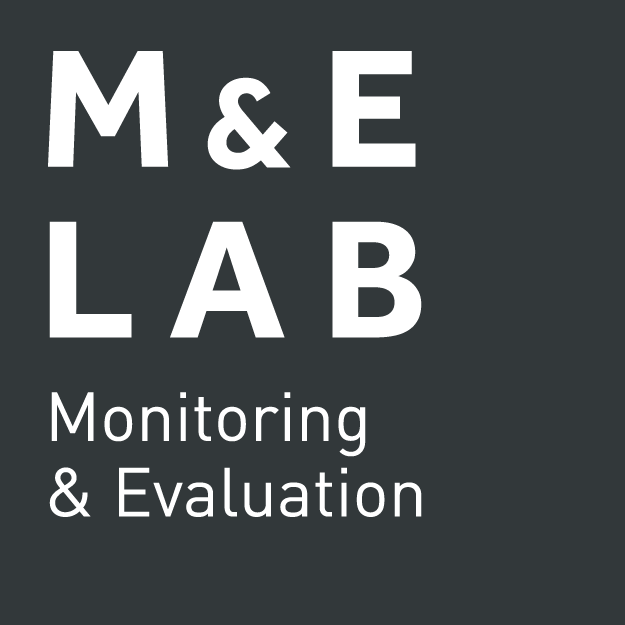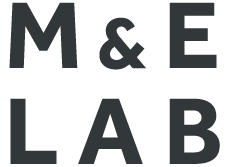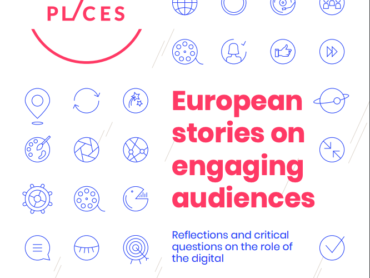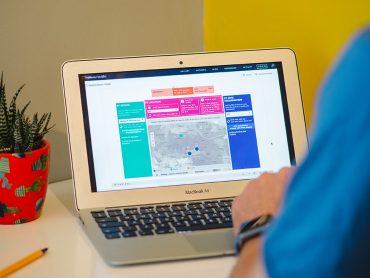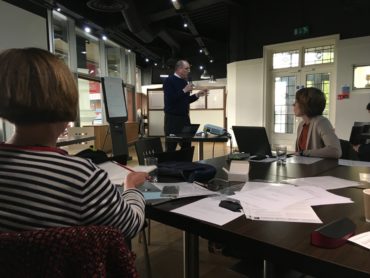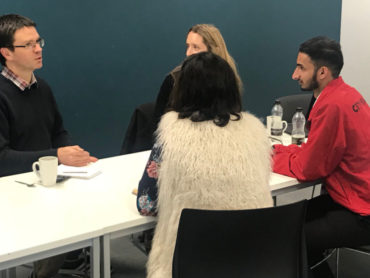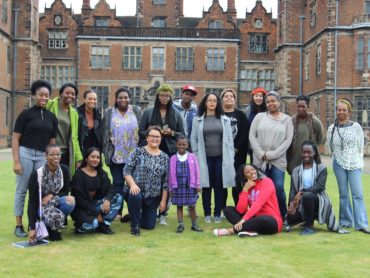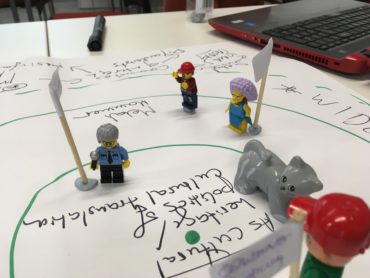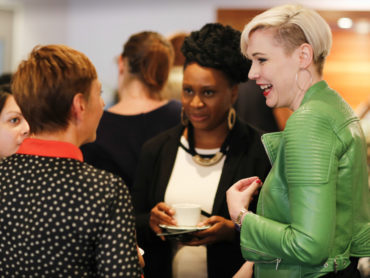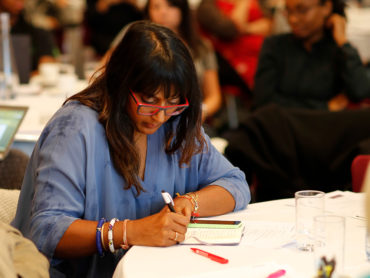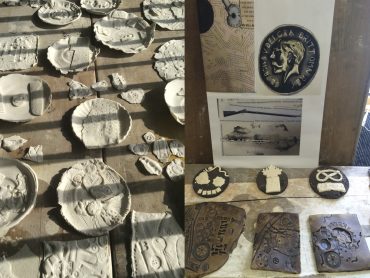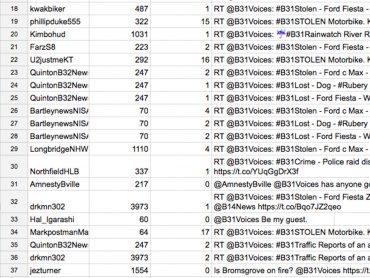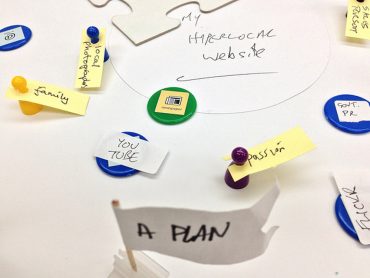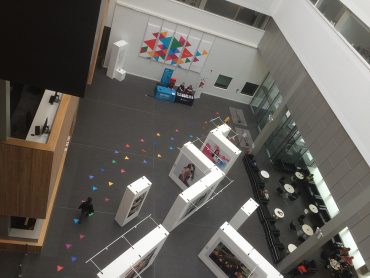Check Global: differing approaches to evaluation and reporting.
Check is a project we have been working on since 2011, currently in a new three-year stage called Check Global, ending in 2021. Where the focus was previously to develop journalism training, technology development and activist networks in the Arab region only, Check Global now additionally operates in East Africa, Latin America and Southeast Asia. The project involves working with a core project team, numerous delivery and network partners, and their even more numerous training beneficiaries – typically in the form of journalists, activists, or journalism students. This widening has been part of our need to adjust how we both evaluate and then report on the project’s impact for all those involved and their respective fields.
Gathering evaluation data
First of all, we started with our existing stable of M and E Resources, identifying what would be most relevant from there, without wanting to push everything on the partners. Some partners would be carrying out interviews with their trainees, whereas others would be giving us their experiences of the project so far. Forms were designed to capture attendee feedback, with thorough consideration of ethics, consent, and anonymity, given the potentially sensitive nature of some of the responses. These resources were redesigned to be presented as an immediately branded, recognisable pack for the project, and we provided online training with the partners so they could understand how they should be used.
Reporting
In the last two phases of our Check work, there was a desire for us to address the notion of ‘impact’ more squarely, and draw out certain themes, so our reports took more of a narrative form. However, the scale of Check Global also means we are returning to a format of reporting that focuses as much on quantitative results as qualitative. Therefore the template for our first 2019 report, as we’re currently working on it, includes tables to document progress against training numbers as they were set out in the project plan. We can identify those aspects of the project where we are on target, but also recognise where we might not be. Going into the second year we can then learn from those experiences, and how we deal with the challenges as they present themselves. As well as tabling results, we will also be drawing on narratives from those who have been involved in the project in various ways, as partners, or as beneficiaries.
The point to be made here is that there isn’t one report style that fits everyone, and every project – these are always negotiated with the client or funder, as per the scope of the work. As these are reports for our funder only, we’re unable to make them public, but please watch out for more Check Global project updates on the website.
